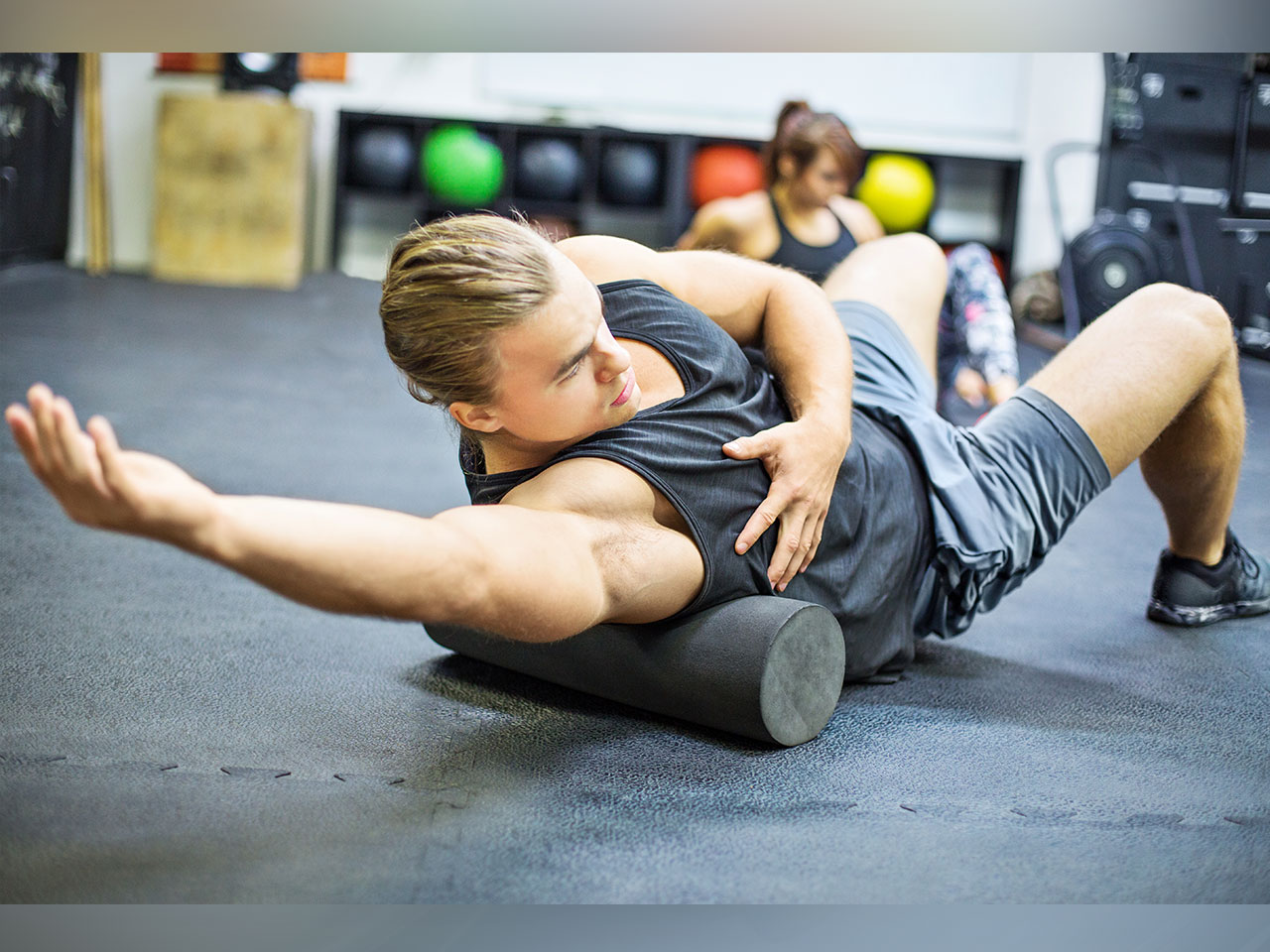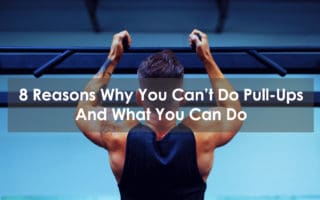If you are squatting then you are on the right track to achieving max muscle development and strength through the lower body. But if you really want to max out your quad, glute, and hamstring power, then you need to be low bar squatting.
The low bar squat is the form of this compound exercise that allows you to lift the most weight. That’s because it places the load on your back closer to your hips.
That means that you get greater activation through the glutes, hamstrings, and quads than if you were doing a high bar squat. In addition, the more weight you can lift, the greater your muscle building and strength gain potential will be.
How to Do the Low Bar Back Squat
Set-Up
- Performing the perfect low bar squat begins with the setup of the rack bar.
- You should position the squat bar j-hooks about two inches below the top position of the squat. This will allow you to more easily unrack the bar and replace it with the rack hooks when you have finished your set.
- Next, you should set the safety bars on your squat rack to ensure that you have a protective mechanism if you fail on your set.
- You should set the bar a couple of inches lower than the bottom position of your squat.
Foot Position and Correct Grip
- Position yourself under the bar with a little wider grip than shoulder-width apart and your feet at hip-width.
- As you get heavier, you should bring your hands in slightly as this will create a tighter, more compact body position.
- Rest your palms on the bar but not clench the bar. Turn your feet out to about a 30-degree angle.
Bar Position
- The ideal low bar back starting position for the low bar squat is across the rear delt and just under the upper trapezius.
- That puts it several inches lower than when you do a standard barbell squat.
Unracking
- To unrack the bar, stand to an upright position, lift it over the j-hooks and take two steps backward.
- Now reset your foot distance and angling to assume the squat movement starting position.
The Descent
- Descend into the bottom squat movement position by pushing your hips back and you bring the knees forward as you drop into a parallel squat position.
- Keep your chest up and maintain an upright torso and neutral position through the spinal erectors. Maintain tight abdominal muscles also.
The Ascent
- From the bottom position, push your heels into the ground and drive directly upward.
- In order to maintain tension on the quads throughout the exercise, stop just short of lockout and then go directly into the next rep.
- Keep maintaining a vertical torso through the entire squat movement.
Reracking the Bar
- To rerack the bar, you simply walk forward and load the bar directly on the j-hooks.
- If you have set the j-hooks at the right height, this will be a seamless process.
Avoiding Shoulder Pain

Quite a number of people have stopped doing low bar squats because it brings on shoulder pain. But shoulder pain in the deltoids is a low bar squat problem that can be solved with a few simple tweaks and overcoming bad techniques.
The main reason that most people experience shoulder pain while doing the low bar squat is that they have tight muscles through the upper body, especially the pecs, lats, and delts. A secondary reason is that the bar is sitting too low on your back.
If the bar sits lower than the shelf that is created by your rear delts and shoulders, then you will be forced to over-stretch your shoulders and chest just to hold the bar.
Be sure to keep the bar along that muscle shelf of the traps to ensure the proper positioning.
Another problem that can lead to shoulder pain is having the hands positioned too close together. If your hands are too close together, you will create tension through the upper torso, bunching up the traps and shoulders. Simply extend your hands out shoulder-width to overcome this problem.
By getting into the habit of thoroughly warming up before you begin low bar squatting, you will avoid most issues associated with shoulder pain. Before you even step onto the free weights area of the gym, spend a few minutes in the warm-up area with a foam roller. Use the foam roller to perform long back and forth movements on the floor for the latissimus dorsi and trapezius muscle.

Next, you should do a minute or so doing some targeted movements with a lacrosse ball on the chest and shoulder muscles.
The next part of your warmup involves grabbing a resistance band and holding it out in front of your body so that it is taut. Now pull the band out and up overhead to really loosen up your front deltoids. Do ten up and overs and then do 10 presses of the band directly overhead.
A final way to avoid shoulder pain during low bar squatting is to improve your shoulder flexibility. My favorite shoulder mobility exercise to do before a workout is the wall pec stretch.
To do this, stand in an open doorway and place the arm closest to the doorway up above you against the door surroundings. Your forearm and hand should be against the doorway.
Press into the doorway to stretch your chest and shoulders. Hold each stretch for 5 seconds, Pause and repeat 5 times. Do the same thing on the other side.
Final Thoughts
The low bar back squat is the best version of the barbell squat to build muscle and develop explosive strength. In this guide, you have been given a complete breakdown of how to perform this exercise in order to get the most out of it. You’re now ready to include it in your lower body training program. I recommend doing low bar squats once per week, using a pyramid scheme where you do 4-5 sets of 6-12 reps.
Frequently Asked Questions
How deep should I go in a low bar squat?
Squat depth is a hotly debated topic. While some people claim that you need to get your butt as low down as possible, others contend that parallel squats, where you descend until your thighs are parallel to the floor as sufficient. You should experiment with both varieties to discover is the correct depth for you.
How do you correctly spot the squat with two people?
A two-person spot should only apply when you are going for a 1RM back squat. The spotters should stand on either end of the bar with their hands cupped under the bar end. They should not touch the bar unless the lifter fails on the lift. At that time they should grab the bar end and lift it onto the rack.







